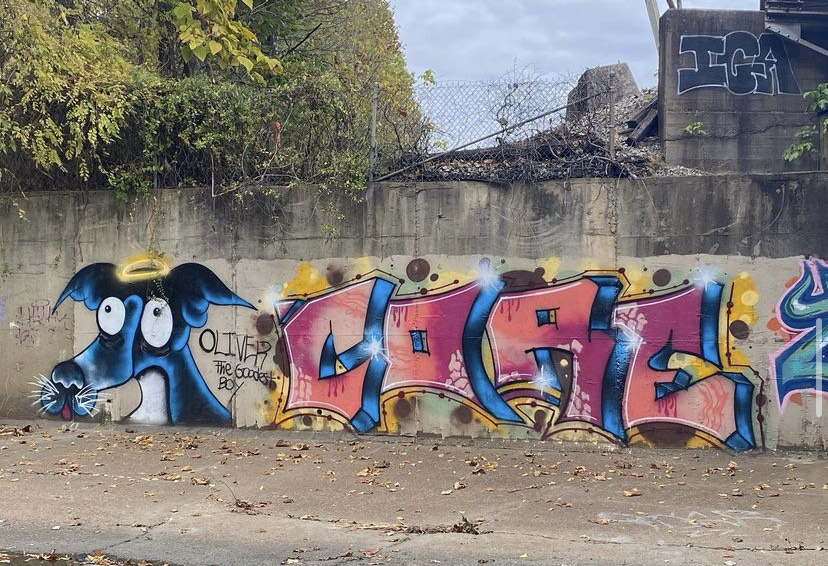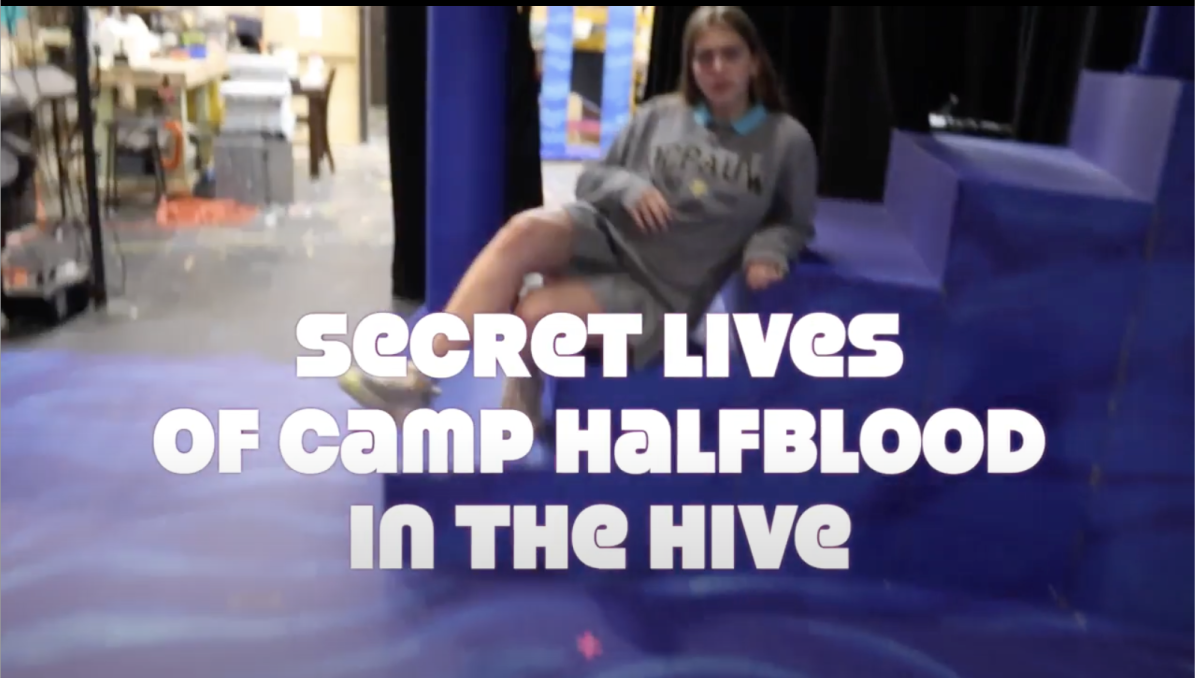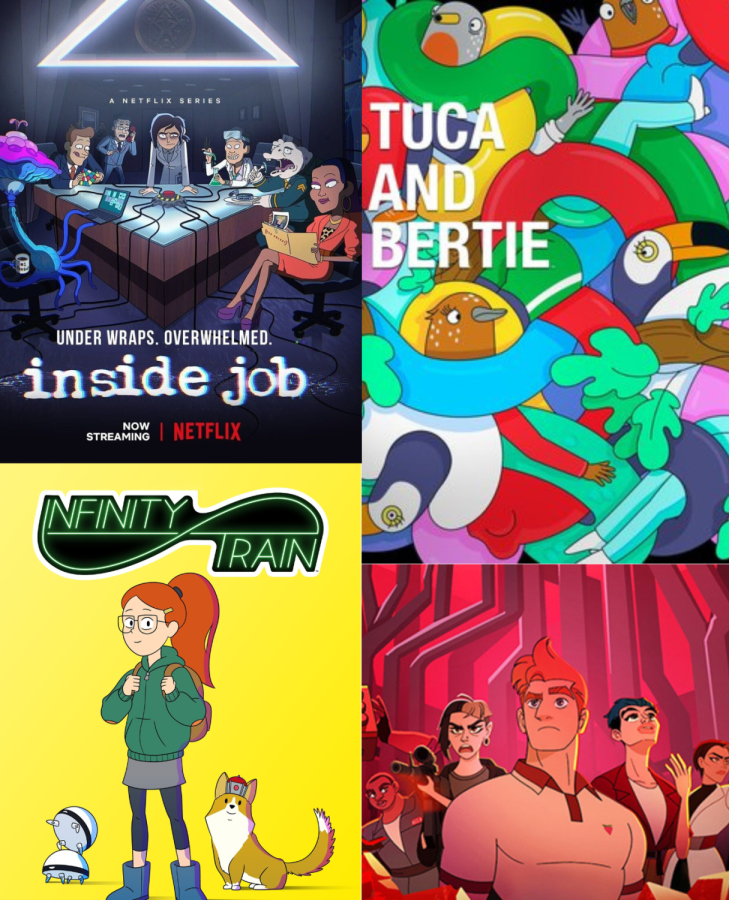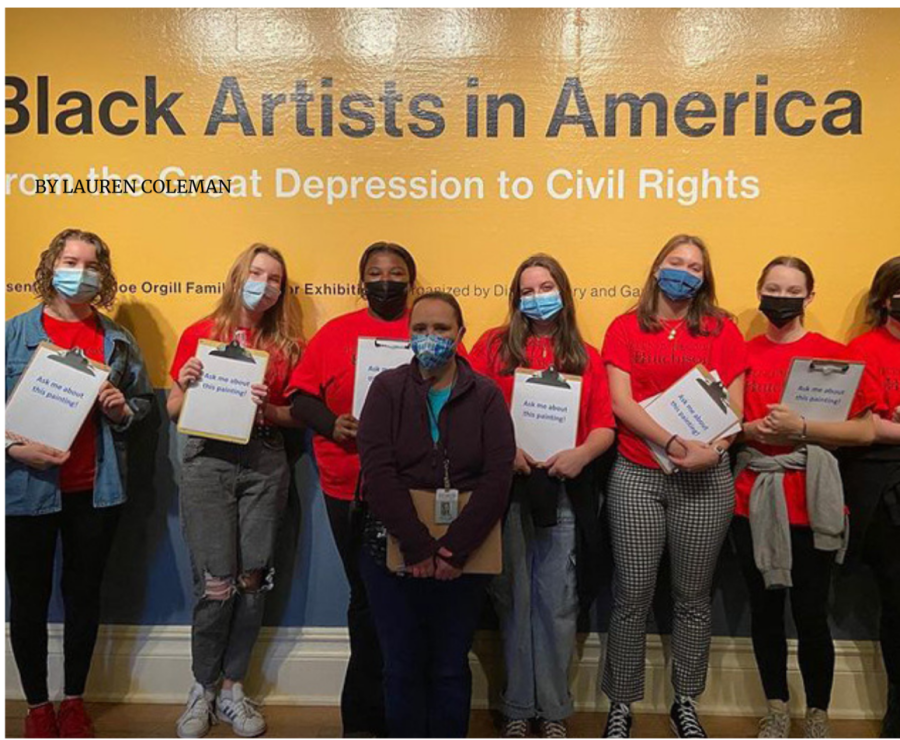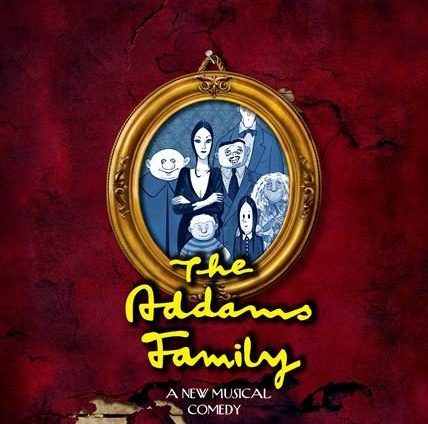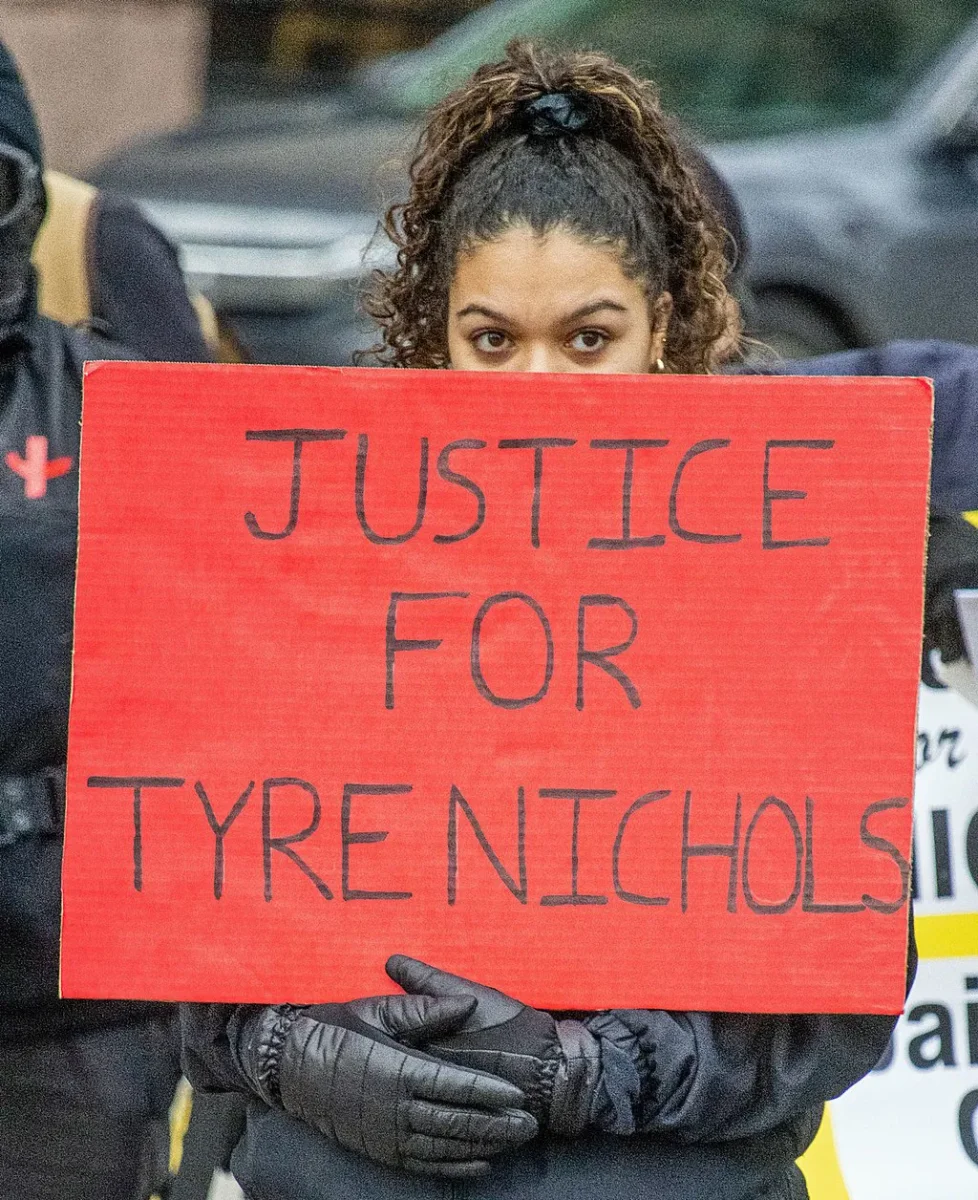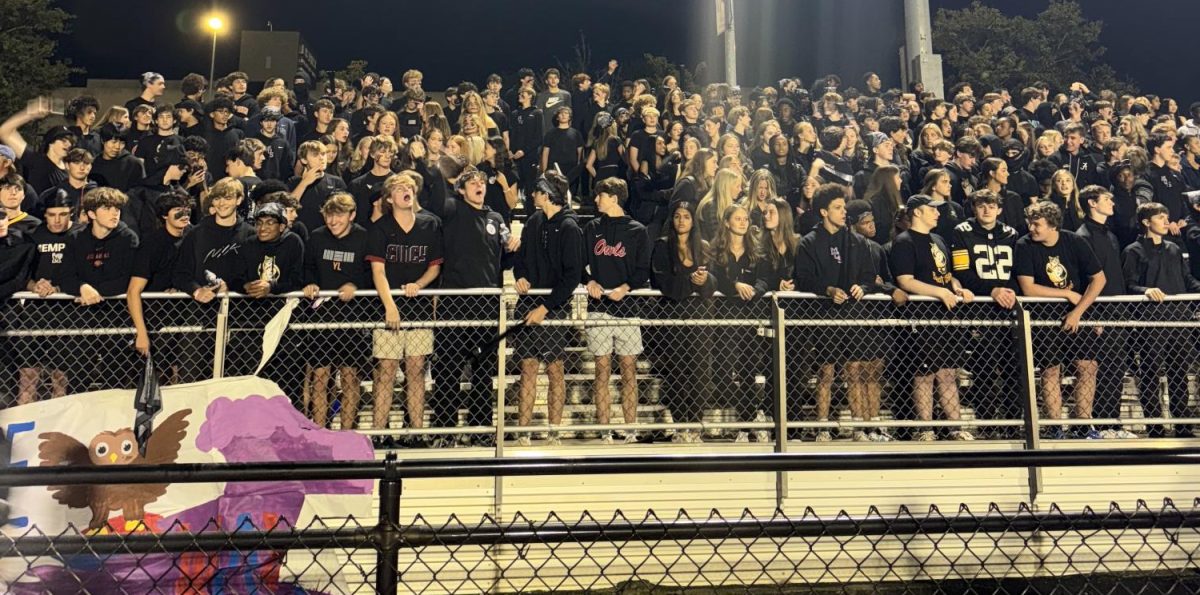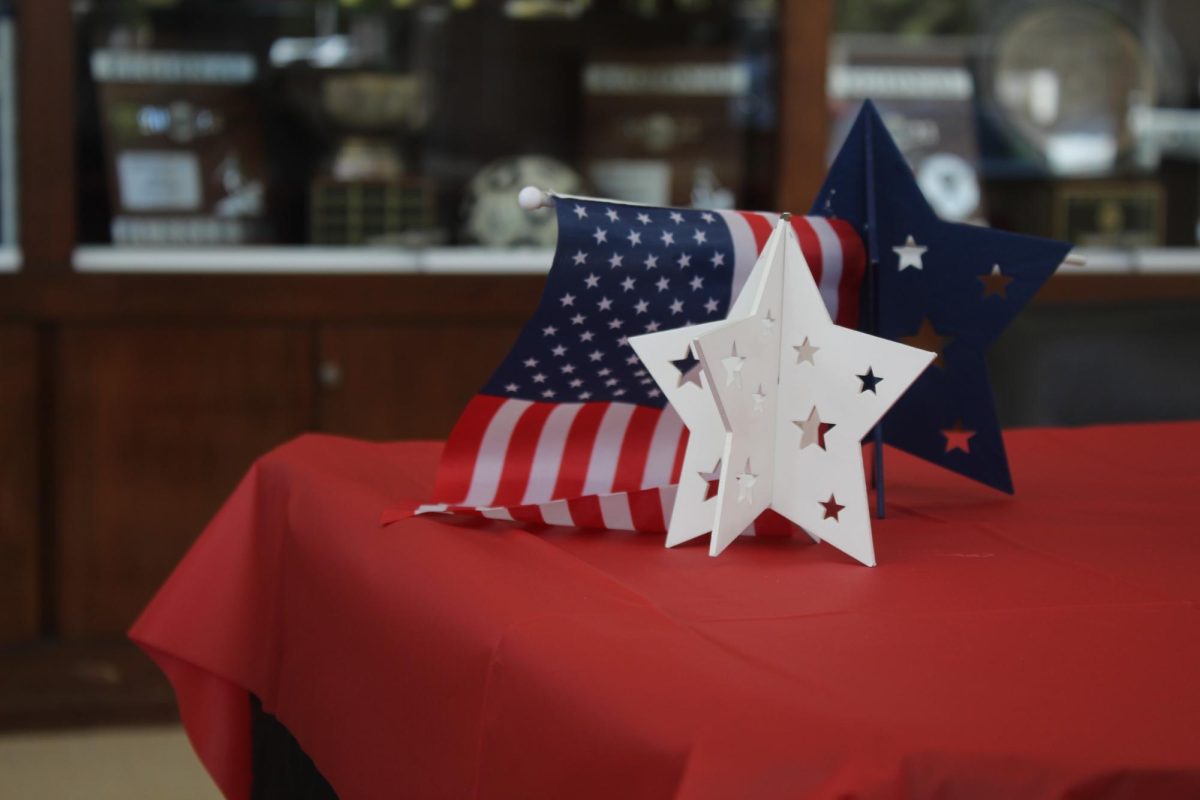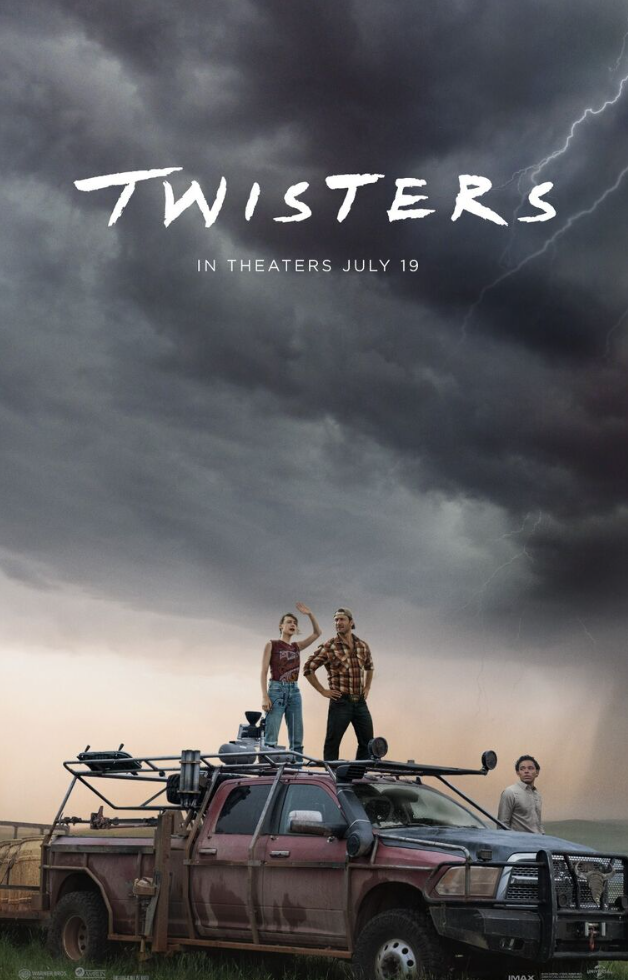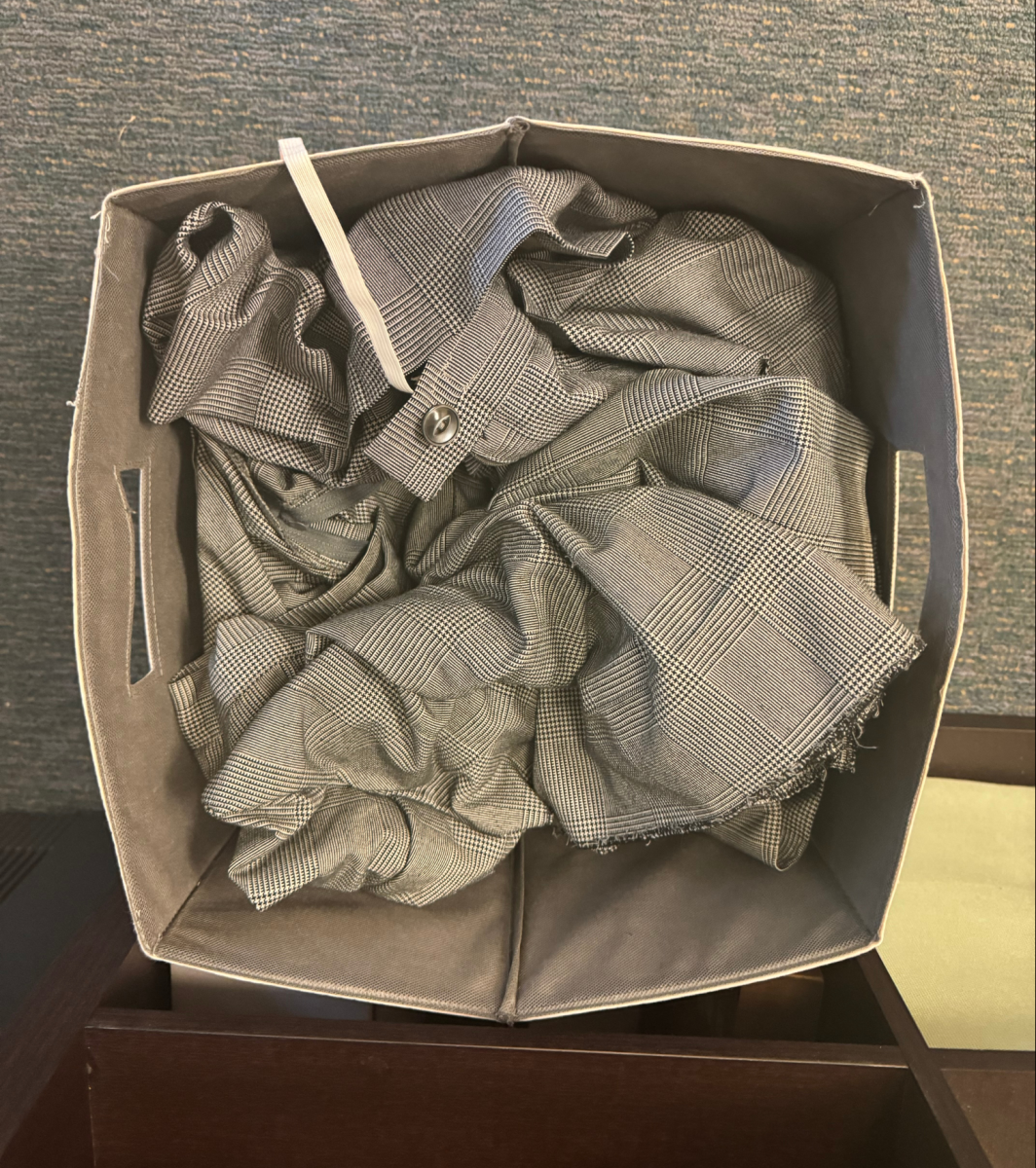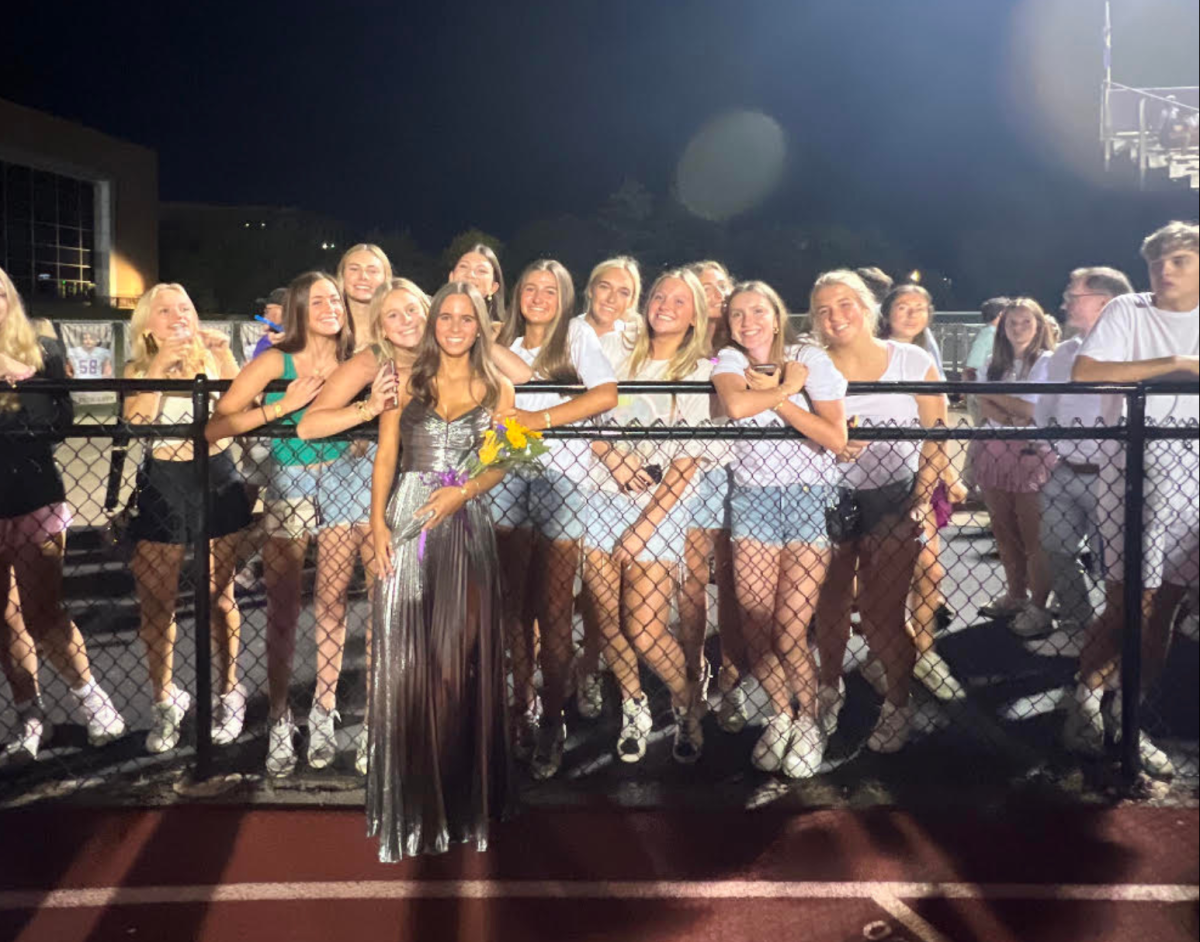Is Graffiti an act of vandalism or art? Graffiti goes back to thousands of years ago in ancient times when writings appeared on the walls of caves. Modern graffiti made its way up in popularity during the early 60s in Philadelphia, and in the late 60s in New York. This new art form really rocketed in the 70s when people began writing their names, or “tags”, on the walls of buildings and subway stations. During the early days, people “–worked in groups called ‘crews’, and called what they did ‘writing’ – the term ‘graffiti’ was first used by The New York Times and the novelist Norman Mailer.” according to The British Council’s The History of Graffiti. Art museums became fascinated with graffiti and started buying certain pieces, however John Lindsay, the mayor of New York in the 1970s, declared the first war on graffiti. After this, in the 1980s, it became much harder to tag open places without being caught by the police, so artists began using building roofs and canvases.
The first famous graffiti tagger, Darryl McCray, came about during the late 1960s, with the tag of ‘Cornbread’. He has a very interesting story of how he began tagging. In 1965, McCray was sent to a juvenile facility. He would complain to the chef that he only cooked whitebread, while he preferred his grandmother’s cornbread, which became his new nickname. McCray became known as the first person to start tagging his name instead of gang related names and symbols. Once he was released from juvie, he attended Strawberry Mansion Junior High School, and soon developed a crush on a girl named Cynthia Custuss. To gain her attention, McCray began writing “Cornbread loves Cynthia” all around North Philadelphia. Once he succeeded, he continued tagging North Philadelphia and other places. Today, Darryl McCary works as a public speaker and a youth advocate, giving motivational talks about his youth as a tagger, his troubles with the law, and struggles with drugs.
The British Council’s The History of Graffiti also explains, “The debate over whether graffiti is art or vandalism is still going on. Peter Vallone, a New York city councilor, thinks that graffiti done with permission can be art, but if it is on someone else’s property it becomes a crime. ‘I have a message for the graffiti vandals out there,’ he said recently. ‘Your freedom of expression ends where my property begins.’ On the other hand, Felix, a member of the Berlin-based group Reclaim Your City, says that artists are reclaiming cities for the public from advertisers, and that graffiti represents freedom and makes cities more vibrant.”
Furthermore, I decided to interview a few local graffiti artists in the city of Memphis to really understand their art expression and how it came about. For legal and personal reasons, their names and tags will not be recorded. (Along with pictures provided — they do not belong to these artists)
What made you start wanting to get into graffiti and why do you continue it?”
Artist #1- “I saw it online and I thought it was cool then my friends started doing it.”
Artist #2- “My friend ***** got me into it and I continue with it cause it’s fun and something to do.
Artist #3- “My initial introduction to graffiti was in Atlanta where I met some friends who took me to the train yard one night and I was immediately introduced to an entire subculture. I came back home from that trip and started looking at graffiti in a different way. I started to wonder who was behind all of the different names. I started writing my own name I came up with over and over again. I think what made me continue was the feeling of self expression and meeting new people with the same interest.”
Artist #4- “It’s kinda hard to remember why exactly I originally got into graffiti, but I was introduced to it by a couple of friends back in high school but it never really clicked. A couple years later though I was exposed to it again after taking a trip to Atlanta, and meeting other writers. I think I wanted something else to do that was both creative, but still gave me adrenaline. It was something I could do that felt adventurous and unlimited. I continue doing it because it’s like an escape from a stressful reality, and tests my abilities. It’s not mindless, but it also doesn’t drain me. It also just feels good seeing your artwork everywhere haha.”
“Aside from the bias of being a graffiti artist, do you think graffiti is an act of unintentional vandalism, an act of art, or maybe even both? Why?”
Artist #1- “It’s both. Like it is vandalism because you are writing on something that isn’t yours, but you’re making some form of art out of it.”
Artist #2- “I think it’s an act of both, some people take it as art and some as vandalism. It depends on the person, I feel like.”
Artist #3- “Graffiti is vandalism and it’s illegal, but it’s also an art form. Graffiti in its simplest form is a form of self expression just the same as a painting on canvas. Within the subculture of graffiti, there are unwritten rules that you wouldn’t write on private property. Painting on abandoned buildings can be considered ok to most but the act of painting on people’s personal property such as a business storefront or a home, can be deemed vandalism by not only civilians, but graffiti writers as well.”
Artist #4- “I do see graffiti as both an art and an act of vandalism. Graffiti is what it is because of the legalities that are a part of it. If we all did commission work we’d technically just be street artists and our graffiti would simply be “street art”. Essentially that’s what graffiti is, but the defacing aspect is what makes it true graffiti. At the end of the day though graffiti Isn’t really limited to anything. I may not agree with it but many would describe most types of street art, legal or illegal, as graffiti. In my eyes though, graffiti is vandalism and that’s one of the most crucial parts about it.”
“How do you go about legal stances of graffiti, like police and stereotypes from others?”
Artist #1- “I think there should be designated places for it, the legal stances are valid but kind of annoying.”
Artist #2- “I think the legal stances make sense but they could tone down a little, life stuff on abandoned properties shouldn’t be as illegal and there should be designated places, like Wynwood Miami.”
Artist #3- “This is a tough one. As a graffiti writer, I don’t want to be caught in the act, but I don’t think that what I’m doing is wrong by abiding by the unwritten rules of painting on abandoned buildings. With that being said, I have not had to deal with the police so I can’t exactly answer that for certain, but I think that if I had too, I would own up the damage done. There is also a lot of controversy over how one may be prosecuted for the crime of vandalism on city property vs private property.”
Artist #4- “I really just try to stay as far out the way as possible. Any stereotypes I hear I just ignore because I really do choose to create that stereotype on myself. People are gonna dislike what you’re doing. You can’t be mad at someone for stereotyping you or hating on you for committing a crime. However it is a little frustrating when people can’t open up their minds and see the brighter idea. But that’s honestly why I don’t even bother with convincing people or arguing. As far as the police it’s kind of the same thing. If I’m painting and cops see me I run. I hate cops when it comes to painting because I wanna be able to paint in peace, but I don’t personally hate them or what they’re doing when pursuing a vandal. I try to just stay as far away from them as possible; I want literally nothing to do with them. And honestly that’s the safest thing to do.”
“What are some highlights/ challenges you face with graffiti?”
Artist #1- “Cops and bystanders. It’s just annoying when you’re standing there obviously doing something illegal in broad daylight and there’s random people watching you.”
Artist #2- “Cops. cops will hawk you down for miles and build massive cases on you.”
Artist #3- “I don’t really face a lot of challenges with graffiti other than the cost of spray paint being expensive. Highlights could include meeting new people from all over the country, doing graffiti jams with friends, and the overall good feeling that comes from getting up.”
Artist #4- “I’ve definitely had a lot more challenges than highlights in graffiti, but it’s definitely safe to say the highlights weigh out the bad. Really any highlight is painting a crazy spot without any sort of run in. Definitely hitting roofs with fellow writers or tag banging the city without any worry. I’ve had countless fun nights that were stress free. But there have been plenty of other stressful situations. Firstly painting something I’m not happy with is easily one of my biggest challenges. I’ll end up using a great amount of paint only to disappoint myself. It doesn’t happen that often but when it does it’ll immediately kill my drive. When painting graffiti you go into some weird places. Me and others have run into some freaky people in places we’ve felt powerless in. We’ve been spotted by police, and ran for our lives. Been taunted by sketchy cars. One of the worst though is painting in the cold, having clogged paint and caps, and cold paint spraying all over my hands in freezing weather.”
How would you describe your process of coming to your style and tag for graffiti?”
Artist #1- “I like looking at other styles online and looking for them in real life around town, and kind of using that to come to my own unique likes and dislikes for what I write.”
Artist #2- “It isn’t really a hard process, it’s really just finding letters you like and making a name and finding your own unique style.”
Artist #3- “The process takes a long time. As a beginner writer I did not know this, however it’s very important to not rush style. Style evolves over time and you do not truly know your own style until you have tried different things. Older graffiti writers often help influence the younger generation so I think that has been beneficial to my style evolution. I look up to writers like Toby and Sazor and Wase because they have style from Memphis and I like that a lot. Style is also regional. You can often tell a writer is from a certain area based on the style. It’s important to know the history of the city’s graffiti to truly understand style.”
Artist #4- “I’d say my process is really just a bunch of drawing and kind of exploring different styles from all over and implementing my own twist to it. That’s kind of how it is for my tag, which I really try to implement my own sloppy handwriting into. It’s been a hell of a process developing my style overall and although I’m happy with my style currently, I’m still in the process of progressing and finding different styles to paint with. A lot of it comes with trying and failing many times. You can have your style down, but if your structure isn’t good then that style is almost useless. So in the process I’ve been trying to perfect getting letter structures down and all that.”



